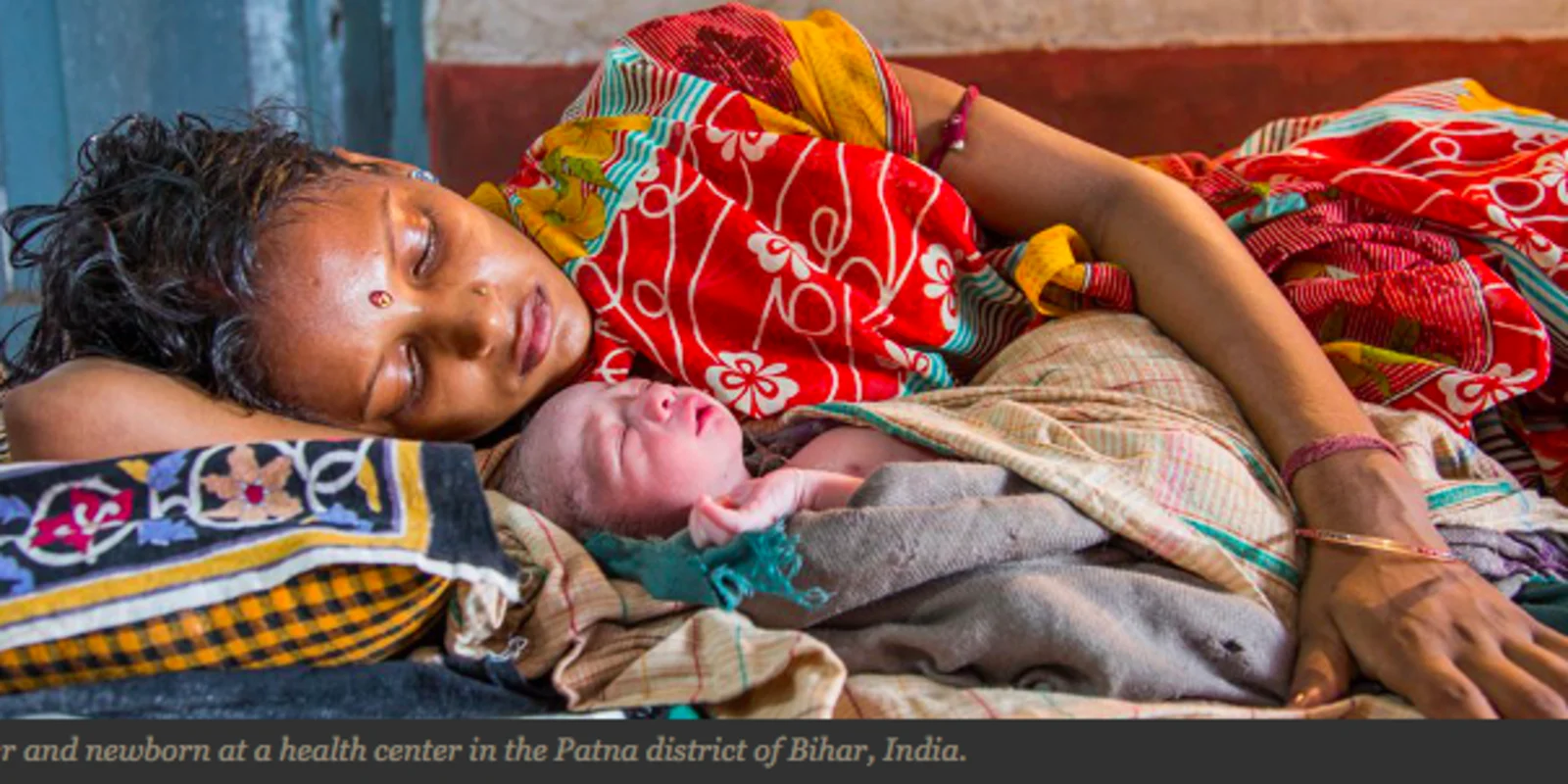
On September 13th, the world celebrates Bump Day, highlighting the joy of healthy pregnancies, moms, and babies, and also the need for increased access to healthcare for women worldwide. As we take a moment to celebrate how much we have achieved, let us also consider the current state of women’s health globally and the areas in which increased investment can make the most difference.
Why should we care about global women’s health?
Investing in women’s health is critical for global development. When we prioritize women’s health, our impact is felt far beyond the individual; her health and empowerment extend to her children, her community, and the economy. Research clearly shows that when women are healthy, society at large benefits; education levels, productivity, and the economy all improve.
Globally, death during pregnancy and birth declined by 44 percent from 1990–2015. However, our progress has not been evenly distributed and has not achieved the established goals. In 2000, the largest gathering of world leaders in history came together to set specific time-bound targets for the reduction of poverty known as the Millennium Development Goals (MDGs). MDG 5 — reducing maternal deaths and achieving universal access to reproductive health — was the most underfunded of all the health MDGs and fell short of its 2015 targets. Over 830 women still die each day from mostly preventable pregnancy-related causes, with 99% of these deaths occurring in the developing world. In sub-Saharan Arica, only half of women receive adequate care by a skilled birth attendant during labor. Compounding the problem further, 222 million women in developing countries do not want to get pregnant but are not currently on contraception. Without contraception, a woman loses her ability to optimize her economic potential, her health, and the health of her children and family.
Today, we are also seeing alarming ill-health and high mortality rates among young girls caused by early marriage, teen pregnancy, low education levels, and sexually transmitted infections such as HIV. One third of girls in developing countries marry before 18, and one in nine marry before 15. Complications during pregnancy and childbirth are the second leading cause of death for girls aged 15–19 globally with nearly 70,000 girls dying each year from early pregnancy. In Uganda alone, this equates to an astounding loss of 30 percent of their GDP. In addition to weak health systems that are unable to address women’s and girl’s needs, there are also specific gender issues. Inadequate access to information and education, and lack of decision-making power among young married girls increases their exposure to unwanted pregnancies, unsafe abortions, and sexually transmitted infections.
How can we improve?
Without a doubt, we must increase our investment in women’s and girl’s health globally. The question now is where do we focus those funds to see the greatest return on investment? Here are three suggestions founded in research and experience.
Universal access to contraception
Globally, contraceptive prevalence has risen substantially in the past two decades, particularly in developing countries, with over half of married women of reproductive age using a modern contraceptive method today. As a result, rates of unintended pregnancy have also fallen from 69 per 1000 women in 1995 to 53 per 1000 women in 2012. However, we still have a long ways to go. Currently around 40% of the world’s pregnancies are unintended, with half of those ending in abortion. This equates to 85 million unintended pregnancies a year. The cost of contraception pales in comparison to the costs of an unwanted pregnancy to women, families, and ultimately to nations, and impedes poverty reduction and economic development efforts worldwide. In the US alone, unintended pregnancy costs taxpayers 21 billion dollars a year, and that figure would have been 75 percent higher in the absence of publicly funded family planning services. It is easy to see how far your investment goes when considering contraception.
Universal access to adequate care before, during, and after childbirth
Before and after pregnancy and birth, the leading causes of death — loss of blood, infections, high blood pressure, delivery complications, and unsafe abortions — are preventable through adequate access to healthcare during these precarious times. While skilled birth attendance rose from 61 percent in 2000 to 78 percent in 2016 globally, some places have lagged behind. In 2013, more than 40 percent of births were not attended by a doctor, midwife, or nurse in Africa and South Asia. By 2030, the newly established Sustainable Development Goals (which have replaced the MDGs) have set the target of reducing maternal mortality to less than 70 per 100,000 live births. With the major success we have seen in reducing deaths of moms in many countries since the establishment of the MDGs in 2000, women’s health leaders around the world are itching to extend this success to those countries and regions lagging behind.
Universal access to education for girls through High School
Ensuring girls’ education is critical for the health of everyone. As education levels rise for girls, fertility rates, maternal and infant deaths, and new HIV infections decrease, while birth spacing, child health, and income potential increase. For every one-year increase in women’s education, countries experience a 9.5 percent decrease in child deaths and women earn 25% more later in life. When talking about investment potential, there is no question — education equates to healthier women and families, and more robust economies.
We have made substantial progress for women globally, but we still have a long way to go. As we take a moment out of our day to be thankful for the many healthy “bumps” around the world, we must also commit to improving the health of women everywhere. Increased investment now will accelerate the success of proven interventions that have the greatest return for women and girls, and thus for society as a whole. What is good for women and girls is good for all of us.
Ndola Prata MD, MSc is the Fred H. Bixby, Jr. Endowed Chair in Population and Family Planning, Professor in Residence, Maternal and Child Health, Director of the Bixby Center for Population, Health and Sustainability, and Co-Director, Innovations for Youth (I4Y) at the School of Public Health at UC Berkeley. She is also the Co-Director, Center of Expertise in Women’s Health, Gender and Empowerment at the University of California Global Health Institute.
Sarah Lawrence is the Program Director for the University of California Global Health Institute’s Advocacy Initiative, a medical student at the David Geffen School of Medicine at UCLA, and a former EMT in South Africa and international development worker in Afghanistan and East Timor.







